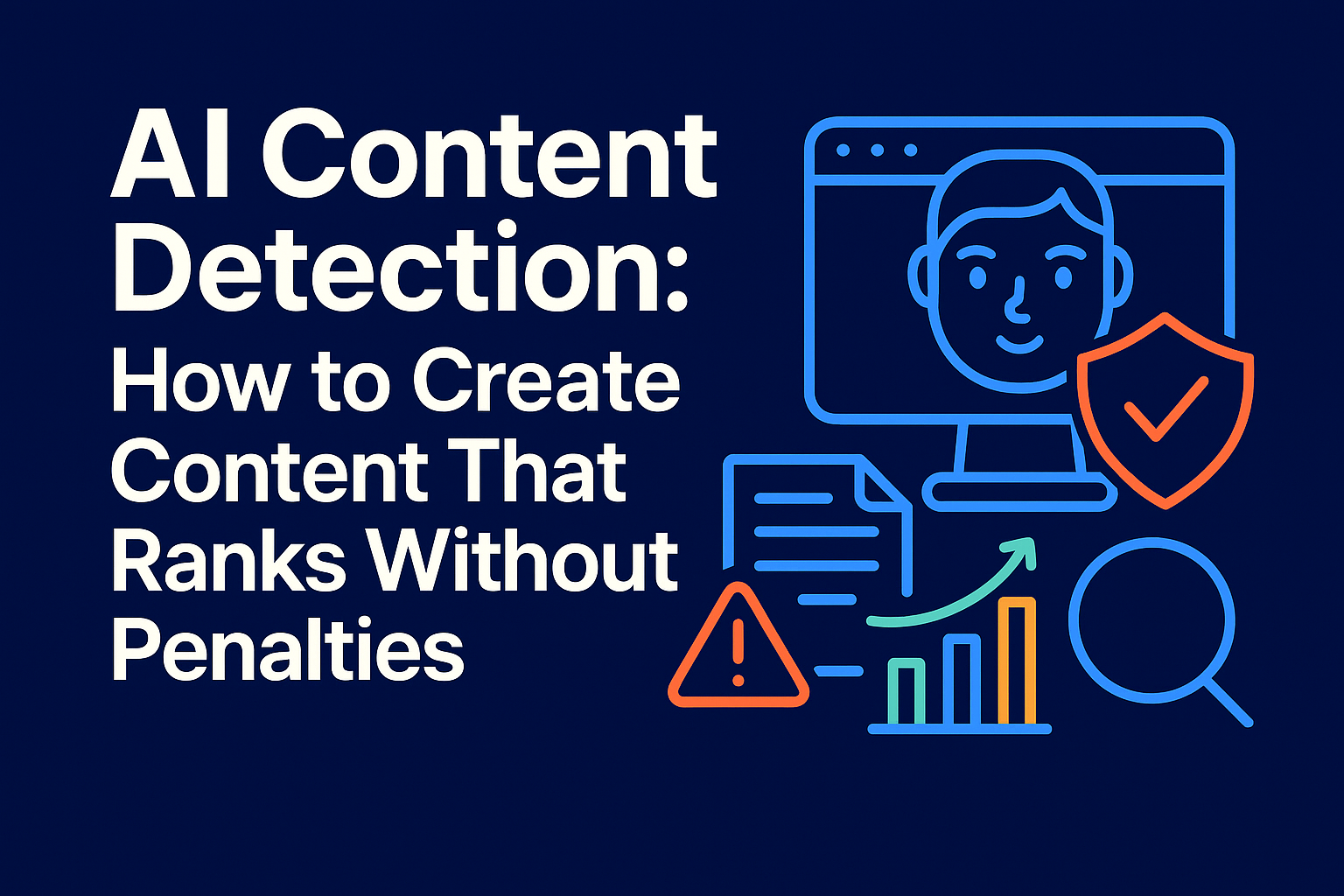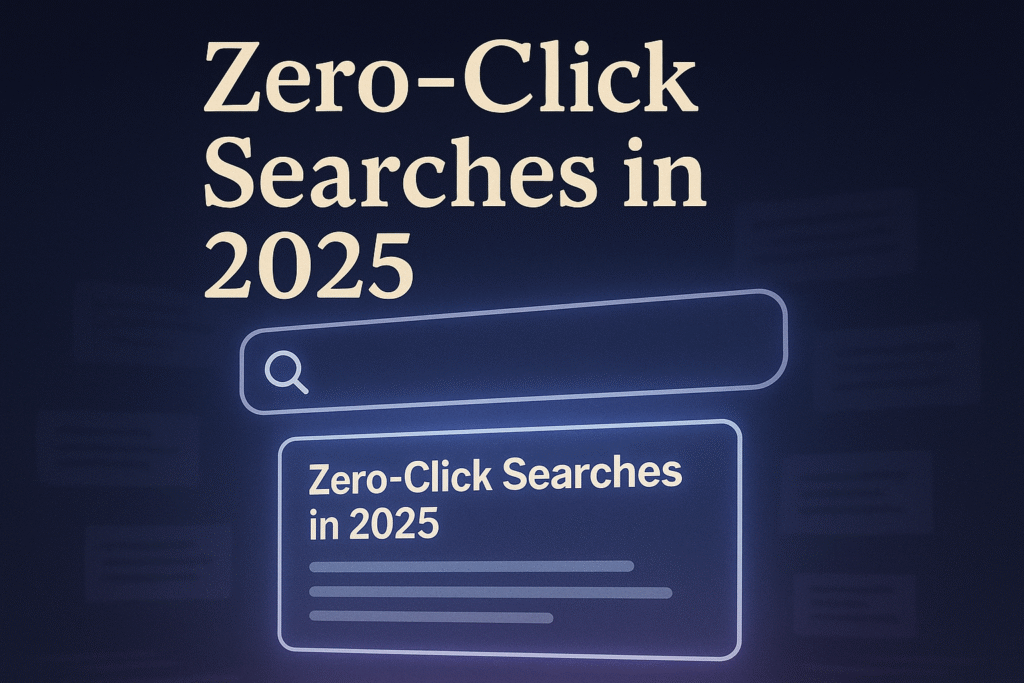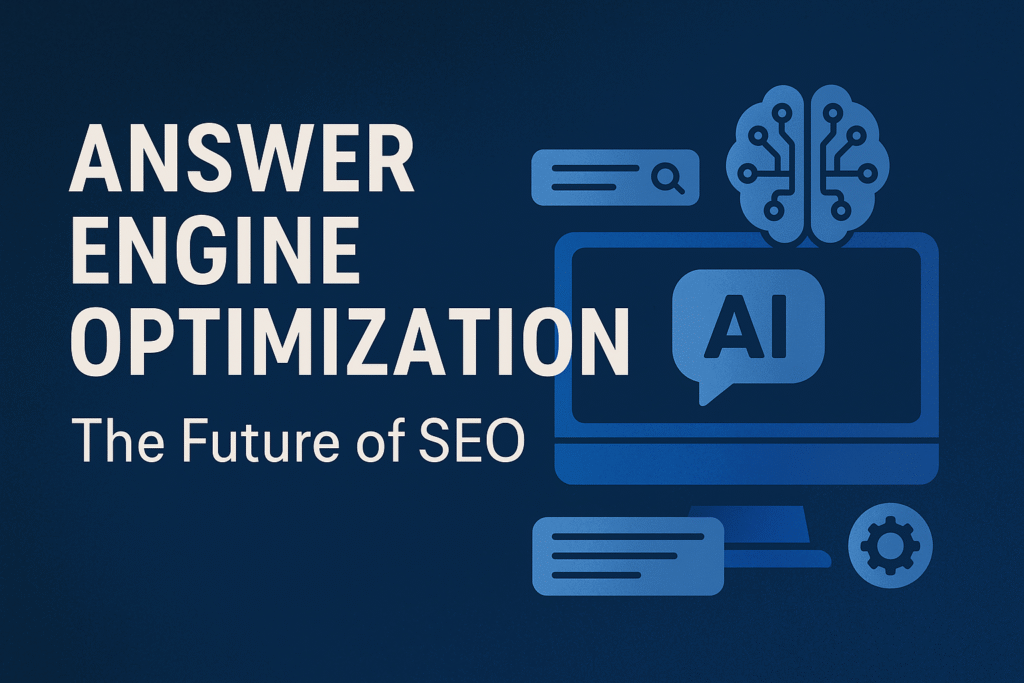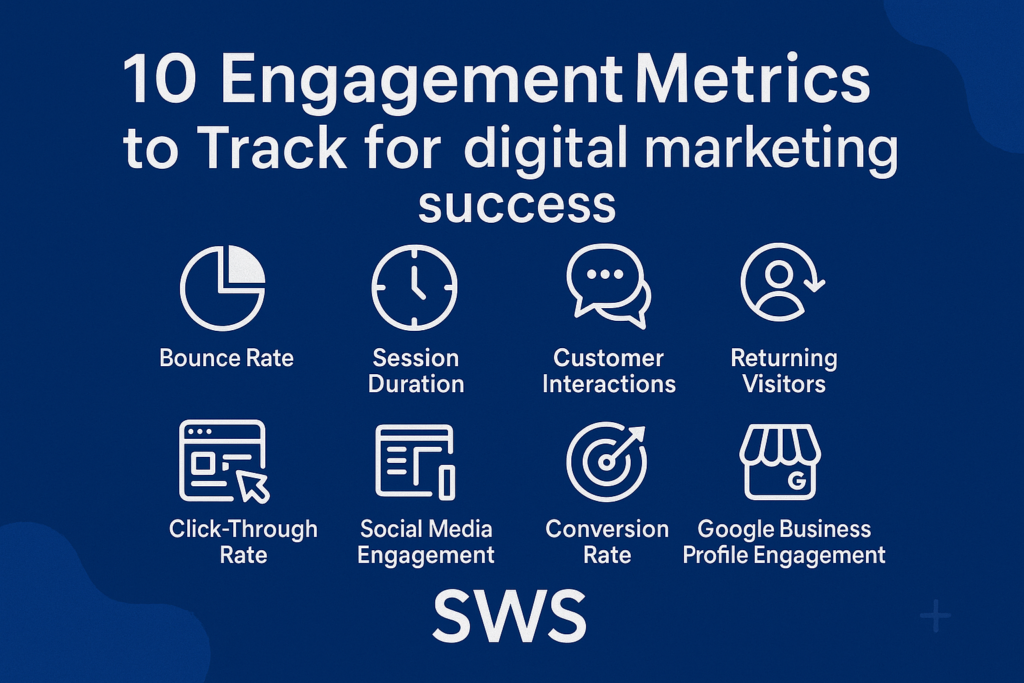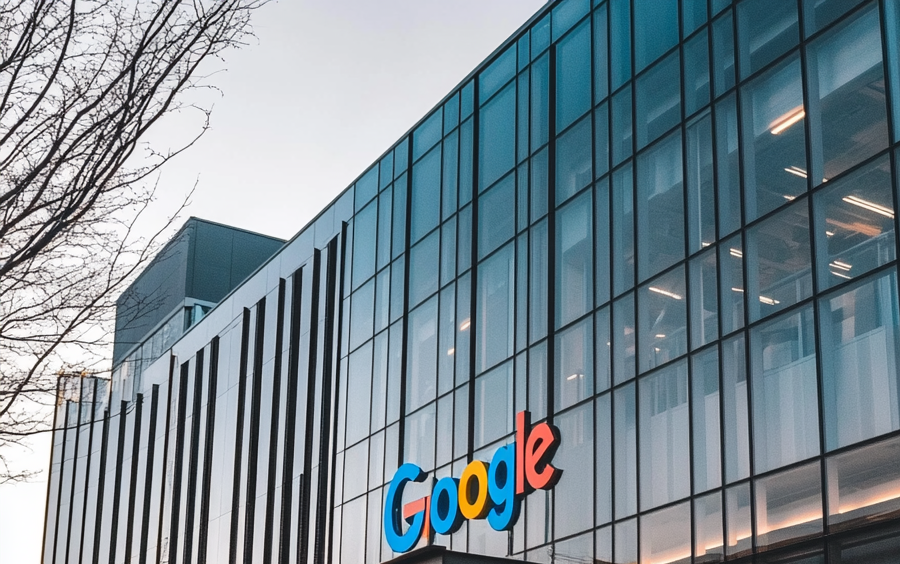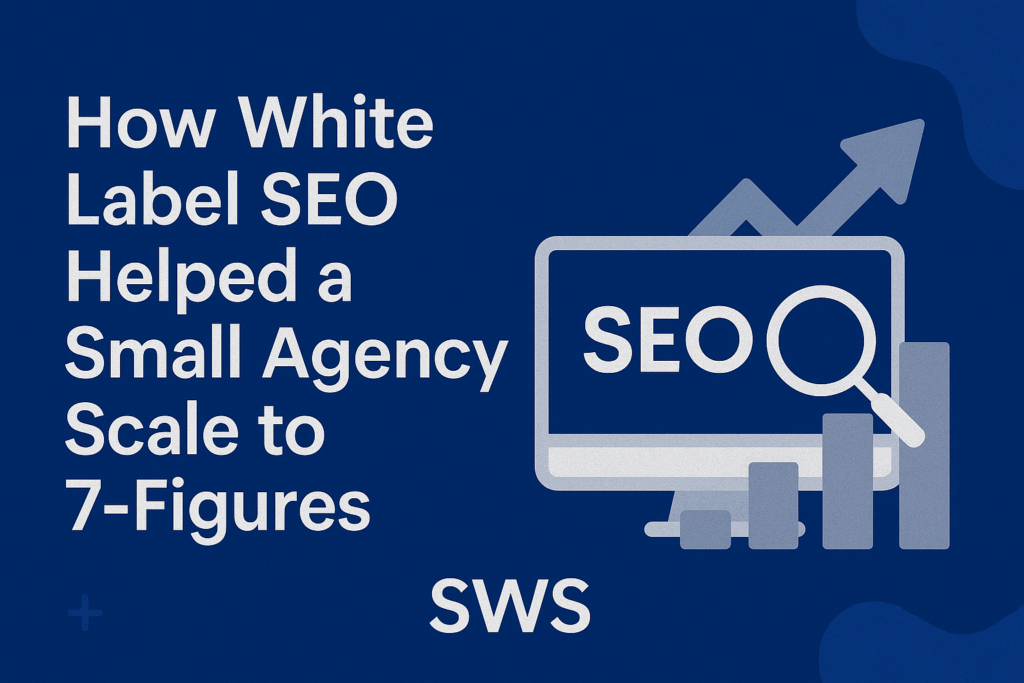Table of Contents
ToggleIn recent years, AI tools like ChatGPT have exploded in popularity, flooding the web with machine-generated content. Search engines have grown wary of this surge of generic text. Google’s official stance is that AI-generated content isn’t automatically banned – it’s how you use it that matters.
Content generated solely to manipulate rankings violates Google’s spam rules, but appropriate AI use is allowed. Google advises creators to focus on original, high-quality, people-first content that demonstrates strong E‑E‑A‑T (Experience, Expertise, Authoritativeness, Trustworthiness). In other words, the key is value for the user, regardless of the tool.
Our thesis: to rank well without penalty, SEO content must be top-notch and user-focused. That means understanding how AI content is detected and following best practices that emphasize real expertise and readability.
Understanding AI Content Detection
Search engines use sophisticated pattern-recognition to spot AI-written text. Detectors often analyze how predictable the language is (its perplexity) and how uniform the writing style appears (its “burstiness”).
For example, AI-generated text tends to complete “The sky is ___” with a mundane answer like “blue,” whereas a human might say “a swirling canvas of forgotten dreams,” which is far less predictable.
Machine-learning classifiers trained on large datasets of AI vs. human writing also play a role. Essentially, if the text consistently looks too polished and formulaic, it raises a red flag.
Common footprints of pure AI writing include:
- Repetitive or mechanical phrasing – AI often reuses similar transitions and sentence structures.
- Overly generic examples – Generic case studies or vague scenarios instead of specific anecdotes.
- Lack of nuance or depth – Surface-level coverage without real insights or expertise.
- Unnaturally perfect grammar – AI text can feel sterile, with perfect formality and no informal quirks.
- Uniform tone – Very little variation in sentence length or style (low burstiness).
Detecting tools may score content on an “AI” probability, but remember: detection itself isn’t a penalty. Google isn’t docking sites simply for using AI. Instead, any scaled, low-quality content – AI or human-made – that violates spam guidelines will be penalized. In practice, Google evaluates overall quality. As its spam policies note, “scaled content abuse” is punishable regardless of how it’s produced. In other words, AI is not against the rules – poor content is.
Google’s E-E-A-T Guidelines and AI Content
Google’s search systems reward content that clearly demonstrates Experience, Expertise, Authoritativeness, and Trustworthiness. These are not single ranking signals but a mix of clues our algorithms and quality raters look for. For example, Google gives extra weight to strong E‑E‑A‑T on Your-Money-or-Your-Life (YMYL) topics that affect health, finance, or safety.
Real expertise might be signaled by an author bio, credentials, or links to authoritative sources. Google’s guidelines explicitly recommend making it clear who wrote the content – a byline or author page helps signal expertise and build trust. In short, content should show its human face whenever possible: author names, firsthand insights, and credible sourcing.
This matters especially in the AI era. AI can generate facts and prose, but it struggles to imitate true experience. As one study found, human-written pages far outperform AI text: human content tends to be more nuanced, engaging, and trustworthy. For example, a blog post by a certified nutritionist sharing her own diet experiments will naturally include personal anecdotes and specialized terms that an AI can’t provide.
The human element – analogies, humor, cautionary notes from real life – simply doesn’t appear in generic AI text. These human touches translate into higher perceived value. Google’s Search Quality Rater Guidelines encourage exactly this: look for content “where it’s clear who created it” and who benefits from it.
In practice, a review or guide with a named expert author and on-the-job examples will usually outrank a faceless AI summary. In summary, strong E-E-A-T content is rooted in genuine expertise and transparent authorship – qualities that pure AI lacks.
7 Strategies to Create AI-Assisted Content That Ranks
- Original Research and Insights. Invest in data and case studies that only you can produce. Surveys, interviews, and exclusive statistics make your content unique and link-worthy. Rather than regurgitating generic facts, add new angles: publish your own mini-study or customer survey. Search engines love “linkbait” content like original research and in-depth reports. These not only signal authenticity but often earn natural backlinks. Even if AI drafts the first pass, integrate real data and quotes to elevate it into thought leadership.
- Personal Experience and Expertise. Leverage first-hand knowledge. When possible, write (or heavily edit) content from an expert’s viewpoint: include real use-case stories, industry insights, or lessons learned. For instance, instead of an AI-heavy outline of SEO tips, describe your personal campaign that solved a hard problem. Google’s marketing experts emphasize that human experience reigns supreme – AI is best used as an assistant, not a replacement for expert authors. Give the content a voice by mentioning who you are and why you know this subject (author bios are good!). This creates trust and makes the material genuinely helpful.
- Distinctive Voice and Style. Develop a recognizable tone for your brand. Use a style guide, consistent formatting, and a unique writing voice. A brand voice (whether witty, formal, or conversational) helps content stand out. AI-generated text often reads very even-toned and generic; by contrast, a distinct style with varied sentence lengths, metaphors, or humor will engage readers. As noted above, human writers naturally inject personality and nuance that AI lacks. Experiment with formatting too – pull quotes, bullet lists, or custom subheaders can reflect your brand style. The goal is to make your content sound unmistakably human and on-brand.
- Multimedia Enhancements. Break up text with rich media: custom images, charts, infographics, videos, or interactive widgets. Non-text elements engage users and signal quality to search engines. For example, an original infographic summarizing your unique study or a short tutorial video adds informational value. Optimized images with descriptive ALT text also help SEO. Remember that plain paragraphs are “boring” for readers; Google values pages that keep visitors engaged. Even simple graphics (screenshots, diagrams) can make content more helpful and shareable. In other words, mix human touches beyond just words to enhance credibility and dwell time.
- Comprehensive Coverage. Go deeper and wider on topics than a typical AI outline. Anticipate follow-up questions and include edge cases. Cover related subtopics, counter-arguments, and exceptions so readers feel their query is fully answered. This means thinking like a user: if someone asks “How to use product X,” don’t stop at basic steps – also explain pitfalls, advanced tips, and why it matters. AI can list steps, but only you know which nuances matter most to your audience. A thorough, multi-faceted article often ranks better because Google’s algorithms recognize its completeness. Include step-by-step details, add relevant FAQs, and cite authoritative sources. The more problem-solving value you provide, the more “people-first” your content will be.
- Heavy Human Editing of AI Drafts. Treat AI output as a rough draft. Always rewrite and polish it thoroughly. A skilled editor can restructure paragraphs, vary sentence length, improve transitions, and eliminate robotic phrases. For example, change repeated phrases (“In conclusion,”) into more varied language. Add context where needed, reframe points with fresh examples, and fix any factual or logical errors. Tools like Surfer’s AI Humanizer even remind us: “While Google does not care about how you generate useful content, you can stay on the search engine’s good side by humanizing any AI generated content”. In practice, this means maximizing helpful information and injecting that human flair. The more editing and personal touch you add, the less it reads like an AI template and the less likely it is to trigger AI-detection flags.
- Strategic Technical SEO. Don’t neglect the basics: use proper schema markup, include an author bio, and keep content updated. Structured data (like Article or FAQ schema) helps search engines understand your content and can enhance your listings. Adding a clear author bio with credentials boosts trustworthiness. Keep an eye on freshness – update stats or examples as needed so your content stays relevant. Link to reputable sources (internal and external) and cite data where possible, which reinforces credibility. Also optimize for page experience (fast load, mobile-friendly). These technical touches won’t singlehandedly outrank competitors, but they support the overall quality signals that Google’s systems seek. In short, blend humanized writing with solid SEO foundations for the best results.
Real-World Examples: Before and After
- Product Description: Generic AI: “Our productivity app helps users manage tasks, schedule events, and increase efficiency.” Human-Enhanced: “After struggling with endless sticky notes, our founder built this app with features like real-time team updates and custom alerts – one user says it cut her workload in half.” The human version adds a relatable story and specifics, making it more credible. This nuance and evidence of solving a real problem speak to expertise, something AI alone couldn’t muster.
- How-To Article: Generic AI: “1. Open the software. 2. Click this button. 3. Enter data and save.” Human-Enhanced: “I remember my first time using this software – I was confused by Step 2. A trick I learned is to double-click the ‘Import’ icon, not just a single click. This saved me hours of troubleshooting.” The edited how-to includes insider tips and a personal caution, making it more helpful. Users (and Google) value this kind of depth because it demonstrates genuine experience.
- Blog Post: Generic AI: “Content marketing involves planning, creating, and optimizing posts to attract customers.” Human-Enhanced: “Last year, I ran a content campaign for an e-commerce client. We analyzed customer feedback and noticed questions about product quality. So we published a weekly blog answering those FAQs, which doubled organic traffic in 6 months.” The revised post tells a real story and provides data, showing authority and relevance. Google’s algorithms are designed to pick up such real-world context and clear authority (especially if an author is named) over bland summaries.
Each human-enhanced example is richer with unique detail, storytelling, or data. That makes the content far more engaging and trustworthy than a vanilla AI draft, and thus more likely to rank well.
Common Mistakes to Avoid
- Publishing Unedited AI Copy: Never hit publish on raw AI output. As experts note, AI text often “lacks personality, emotional depth, or specific industry insights”. Without editing, it can seem robotic or shallow.
- Keyword Stuffing/Over-Optimization: Forcing in too many keywords or repetitive phrases for SEO backfires. It makes content unreadable and can trigger spam filters. Focus on natural language that solves user intent.
- Lack of Original Insight: Avoid content that just rehashes what’s already out there. If you’re using AI, ensure you add something new – data, opinions, or real cases – so your piece stands out. Otherwise it risks being labeled low-value.
- Wrong Use Cases: Don’t use AI for everything. Complex topics needing expertise or creative storytelling should lean on human input first. AI is best for brainstorming and drafts, not final outputs on its own.
- Not Disclosing AI Use (When Appropriate): Transparency can build trust. Some guidelines recommend mentioning AI’s role. When relevant (e.g. in corporate content), make it clear that human editors reviewed the piece. As one expert advises, “Transparency is key – let users know how AI is involved, but emphasize human oversight and expertise”. Hiding the use of AI can be risky if readers or search engines expect human authorship.
Tools and Resources for Balancing AI and Human Input
- Content Planning Tools: Use platforms like Ahrefs, SEMrush, or Surfer SEO to research keywords and topic gaps. These tools (and traditional editorial calendars) help ensure your AI-assisted content starts on the right track.
- AI Detection Tools: Before publishing, run drafts through detectors. Tools like Originality.ai, ZeroGPT, GPTZero, and Winston can flag AI-like text. They aren’t perfect, but they give clues where to add human touches.
- Editorial Workflows: Establish a review process – e.g. a checklist that includes fact-checking, adding examples, and verifying tone. Leverage editors, style guides, and plagiarism checkers (Grammarly, Copyscape, etc.) to polish AI drafts.
- Training Resources: Keep learning about AI and SEO. Follow SEO blogs (like Google’s Search Central) and courses on content strategy. Understand Google’s policies (spam policies, E-E-A-T guidelines) so you can train teams to write SEO-friendly, human-centric content.
Conclusion and Future Outlook
By now, it’s clear that quality trumps tools. AI can streamline content creation, but the real ranking factors are the same as always: expertise, depth, and user focus. We’ve covered key strategies – from original research to thorough editing – that help any content (AI-assisted or not) shine. As AI advances, creators will have powerful new helpers, but human judgment will only become more crucial. Google recognizes AI as “a helpful tool” when used properly, and search trends will favor sites that blend efficiency with authenticity. Looking ahead, successful SEOs will collaborate with AI, not surrender to it: using AI for groundwork but leaning on human insight for the final product. The one constant is that search engines reward value. In the future, AI + human content must evolve together, with transparency and quality at the core.
Ready to improve your content strategy? Consult the SWS Marketing team. We specialize in crafting AI-assisted, people-first content that outranks the competition. Contact us to ensure your content strategy stays cutting-edge and penalty-free.

SWS Marketing is a white label digital marketing company which provide services to both agencies, and clients around the world. Our small team of SEO, PPC and social media experts deliver high-impact digital marketing solutions that help businesses grow their online presence. Agencies and Clients benefit from increased brand awareness, traffic, visibility and leads, created by our data-driven approach to search engine optimization(SEO), PPC, social media marketing, content marketing, digital PR, guest posting and more!
